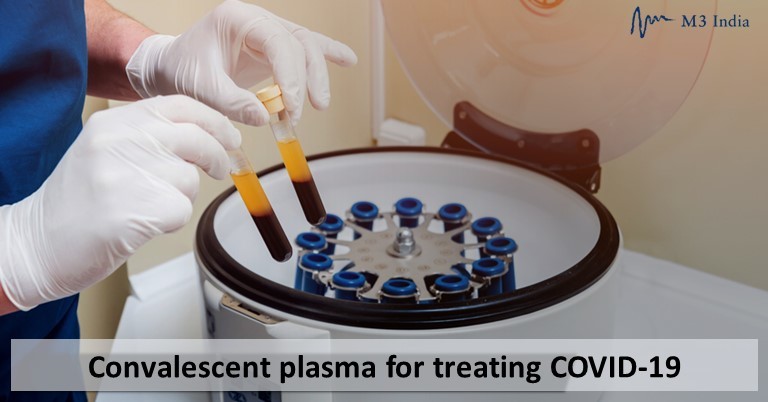Even as scientists across the world are racing to find a vaccine or a more effective treatment method against coronavirus disease, a new technique of using the plasma of individuals who have recovered to treat those who are currently sick is being looked at with promise.
For our comprehensive coverage and latest updates on COVID-19 click here.
 The United States Food and Drug Administration (USFDA) issued a statement on March 24 that investigators may request to use the plasma of individuals who have recovered from COVID-19 to deliver antibodies to those who are severely ill. This has been allowed in the country under an emergency investigational new drug (IND) protocol.
The United States Food and Drug Administration (USFDA) issued a statement on March 24 that investigators may request to use the plasma of individuals who have recovered from COVID-19 to deliver antibodies to those who are severely ill. This has been allowed in the country under an emergency investigational new drug (IND) protocol.
So how is plasma from blood of COVID-19 survivors potentially lifesaving for those who are currently battling the disease?
The theory behind using plasma to treat infected individuals is an idea which has been known for several years now. An individual who has recovered from the infection will likely have antibodies against the attacking virus in their blood. In the case of COVID-19, the plasma of individuals who have gotten better can be processed and purified and made into a serum which can then be transfused into patients who are severely ill.
The plasma is collected from individuals who have recovered only if they are eligible to donate blood. A list of other underlying health conditions must also be ruled out prior to collecting their blood and there must be confirmation of a recent coronavirus infection (COVID-19).
This is not the first time that plasma from people who have recovered is being used to treat individuals who are sick with a disease. Earlier in 2009 during the H1N1 (swine flu) pandemic and in 2013 during the Ebola outbreak plasma therapy was tried on critically sick patients with varying rates of success. While the outcomes have been promising, experts say there is a long way to go before this can be adopted as a successful option of treatment.
